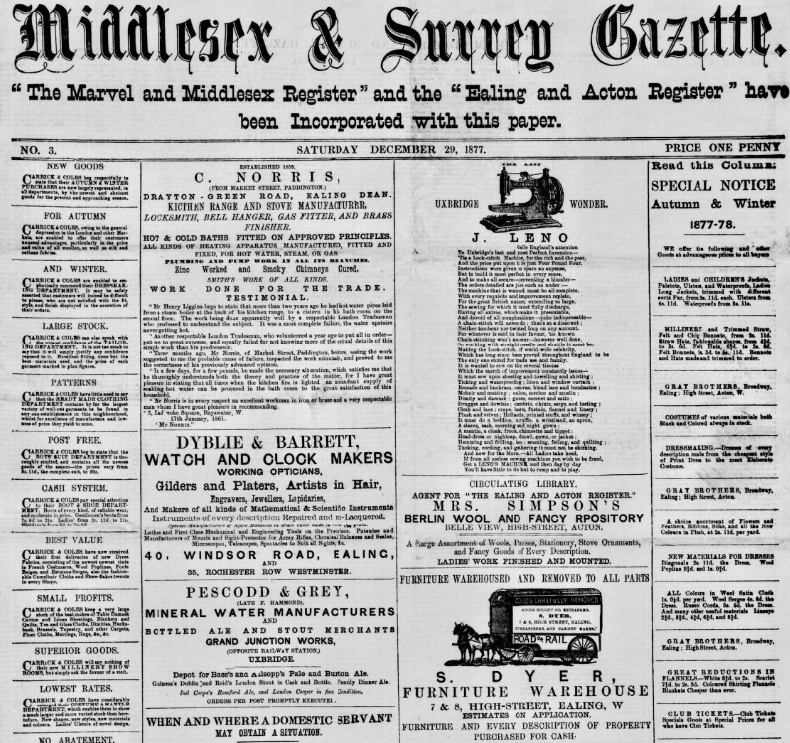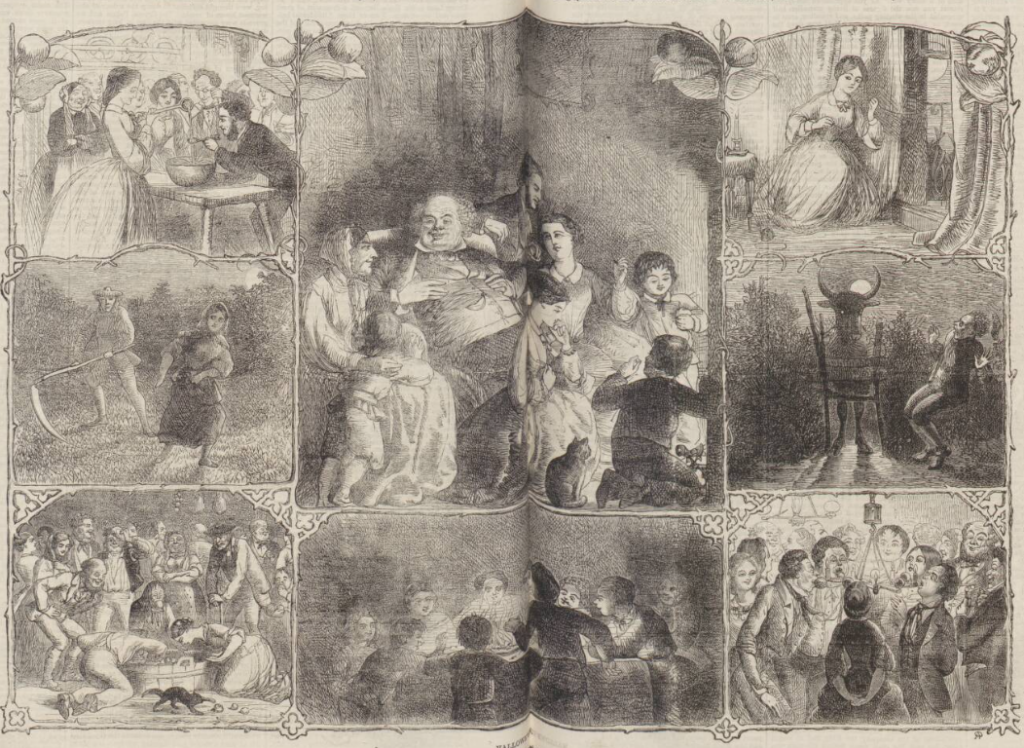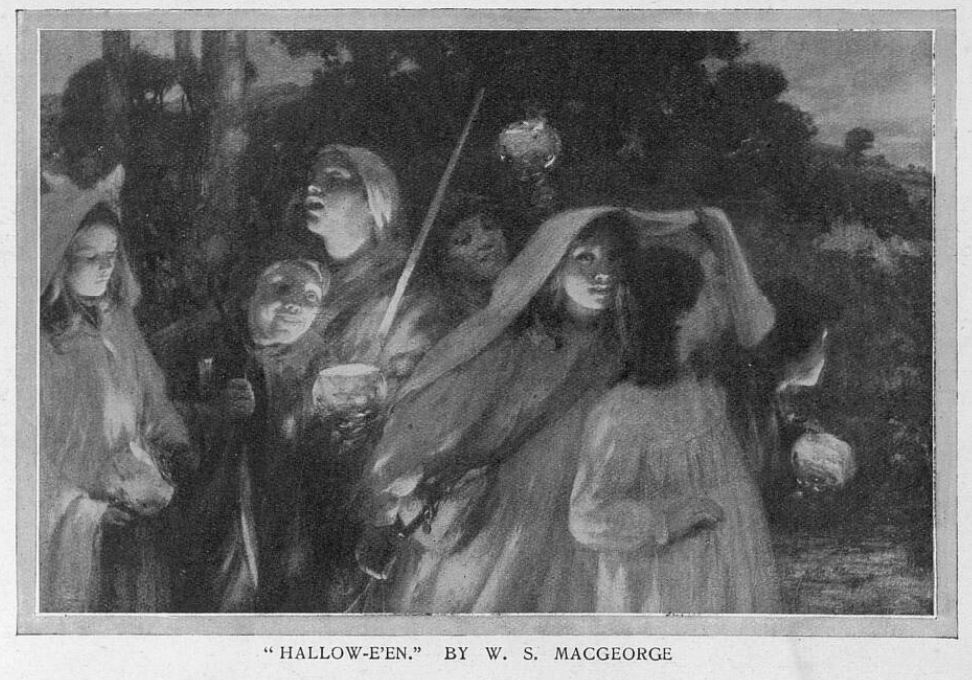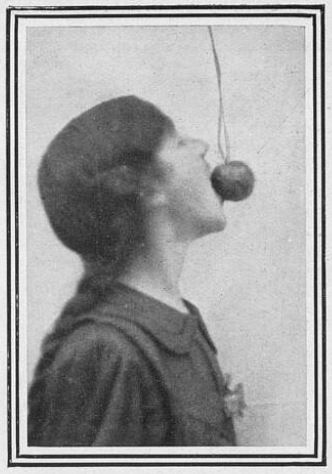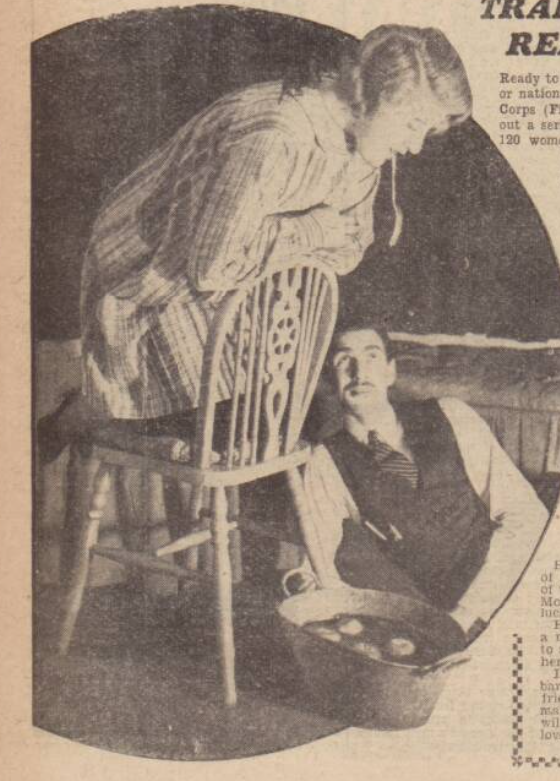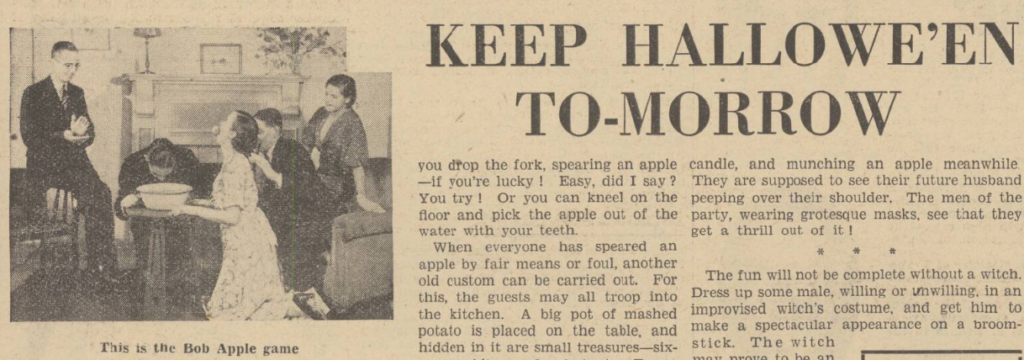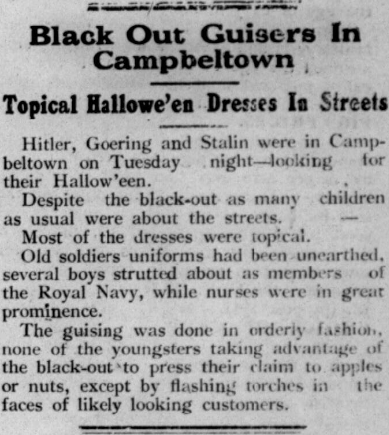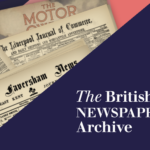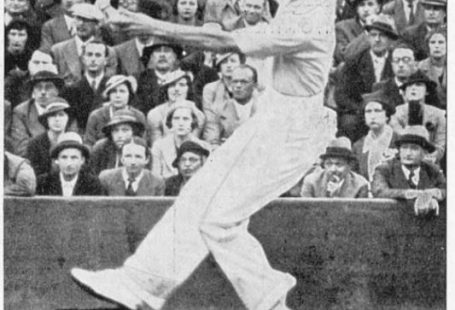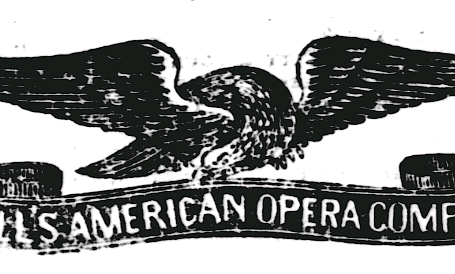As it’s the height of spooky season we’re exploring the history of Halloween at The Archive, with the help of the 93,381 brand new pages that we have added to our collection over the last seven days. Meanwhile, we’re delighted to welcome one brand new newspaper title to The Archive, which is the Middlesex & Surrey Gazette, whilst we have made exciting updates to some of our existing titles from across Wales, Scotland and Northern Ireland.
So read on to discover more about all of our new and updated titles of the week, and also to learn more about the history of Halloween and its customs and traditions, as told by the new pages that have joined one of our Scottish titles, the Campbeltown Courier, over the last seven days.
Register now and explore the Archive
But before we explore the history of Halloween, we’re going to learn more about this week’s new title, the Middlesex & Surrey Gazette. This London-based newspaper was first published on 15 December 1877, announcing that it also incorporated the Marvel and Middlesex Register and the Ealing and Acton Register within its eight pages.
With an eye on the news mainly from the west of London, the Middlesex & Surrey Gazette was filled to the brim with information, as it featured six columns of densely packed reporting. Costing just one penny, the newspaper printed a ‘Summary of County and Local News,’ delivering the latest tidings from the likes of Uxbridge, Notting Hill, Barnes, Isleworth, Hounslow, Southall, Windsor, Ealing, Kensington, Brentford, Harrow and Twickenham.
Alongside such local news, the Middlesex & Surrey Gazette published international and national news, as well as serialised fiction and notices of births, marriages and deaths. The publication also contained special interest items for its readers, for example featuring columns dedicated to ‘Garden Work for the Week’ and ‘Literary and Art Gossip.’
That may be it from our solo new title of the week, but we have made plenty of additions to our existing library of newspaper favourites. By far and away the biggest update of the week is to noted Scottish daily the Edinburgh Evening News, to which we have added over 35,000 brand new pages. Keeping with our Scottish theme, we have also added over 13,000 brand news pages to Argyll’s Campbeltown Courier, which cover the years 1876 to 1879, and 1893 all the way through to 1950.
Before we move on to examining the history of Halloween, as told through the pages of the Campbeltown Courier, we’d also like to highlight some of the updates we have made to our Northern Irish newspapers. We’ve added over 11,000 brand new pages to the historic Belfast News-Letter, whilst new pages have also joined the Lurgan Mail and the Derry Journal.
The History of Halloween – from Lanterns to ‘Black Out Guisers’
With Halloween fast approaching we’ve delved into the pages of the Campbeltown Courier to present to you a potted history of Halloween customs and traditions over a sixty year period, from 1877 through to 1939.
Our survey of the history of Halloween and its customs and traditions begins in 1877, with a short report from the Campbeltown Courier, which was published on 3 November of that year:
Wednesday night was Halloween, and was of course observed by the juvenile portion of the community in the usual festive way. The weather was unfortunately unfavourable for the display of those curiously wrought lanterns which boys so greatly delight in carrying about on this particular evening, and consequently there were few of them to be seen about.
In spite of the unfavourable weather, the tradition of Halloween lanterns in the Campbeltown area endured into the 1890s, with the Campbeltown Courier in October 1896 remarking how ‘Hallowe’en is due to-morrow, and the small boy is busy howking his lantern and clamouring for the other requisites.’
Fast forward one more year to 1897, the Campbeltown Courier was noting how ‘cheap masks’ had been added to Halloween celebrations, alongside the lanterns, both of which provided ‘the small boys with entertainment at night.’ It is interesting to note that in this look at the history of Halloween, it is boys who are singled out as marking the festival.
But by 1901 the Campbeltown Courier was expressing its fears that Halloween customs and traditions were falling out of favour:
Thursday last was observed as Hallowe’en, but although many of the younger folks of the village appeared in the most amusing costumes it was evident that this old custom is fast dying away.
However, these fears appeared to be unfounded, the same newspaper some years later in 1908 reporting on the successful Halloween party that was held by the Holms family of Sandyford, Paisley, for the children of the area. The Campbeltown Courier reported how:
As they have done on many previous occasions, the Holms family sent a most abundant supply of apples, nuts, false-faces, lanterns, fireworks, trumpets, &c., which were distributed to the children of the district at the school on Thursday – Friday being the Fast Day here. The result was that Hallowe’en was celebrated with great rejoicing on Saturday night, the children appearing arrayed and armed with the gifts they had received, and there was a glorious display of fireworks.
These gifts of apples and nuts really hark back to the origins of Halloween traditions and customs, which you can find out more about here.
And by the 1930s, it wasn’t just the children who were celebrating Halloween. In November 1932 the Campbeltown Courier reported on a Halloween party that had been held by the Women’s Institute in the town of Southend, which was ‘very well attended.’ Attendees were encouraged to come in fancy dress, ‘for which prizes were offered.’
The article describes how:
The prize-winners were Mrs Mackay, Miss Ann Morton and Miss Nellie Stewart and Miss Sybil Taylor won a prize for a turnip lantern. Tea was served during the evening, and apples and nuts were distributed. The remainder of the evening was spent in games and music, and concluded with the signing of ‘Auld Lang Syne.’
As we conclude our survey of the history of Halloween customs and traditions in Campbeltown and its surrounding area, we arrive in November 1939, two months after Britain had declared war on Germany. The Campbeltown Courier printed an article entitled ‘Black Out Guisers in Campbeltown – Topical Hallowe’en Dresses In Streets,’ a guiser being a mummer, who generally performed at Halloween or Christmas time.
But these guisers, or mummers, had taken on a topical tone for their costumes, the Campbeltown Courier noting how ‘Hitler, Goering and Stalin were in Campbeltown on Tuesday night-looking for their Hallowe’en.’ The November 1939 article described how:
Despite the black-out as many children as usual were about the streets. Most of the dresses were topical. Old soldiers uniforms had been unearthed, several boys strutted about as members of the Royal Navy, while nurses were in great prominence.
It concluded by reporting:
The guising was done in an orderly fashion, none of the youngsters taking advantage of the black-out to press their claim to apples or nuts, except by flashing torches in the faces of likely looking customers.
We hope you enjoyed this brief survey of Halloween history from The Archive, discover more about the festival, other traditions, and much more besides, in the pages of our newspapers today.
New Titles
| Title | Years Added |
| Middlesex & Surrey Gazette | 1877-1878 |
Updated Titles
This week we have updated six of our existing titles.
You can learn more about each of the titles we add to every week by clicking on their names. On each paper’s title page, you can read a FREE sample issue, learn more about our current holdings, and our plans for digitisation.
| Title | Years Added |
| Belfast News-Letter | 1991 |
| Campbeltown Courier | 1876-1879, 1893-1950 |
| Derry Journal | 1975-1977, 1989 |
| Edinburgh Evening News | 1986-1989, 1991 |
| Lurgan Mail | 1989, 1993 |
| South Wales Daily Post | 1989 |
You can keep up to date with all the latest additions by visiting the recently added page. You can even look ahead to see what we’re going to add tomorrow.


